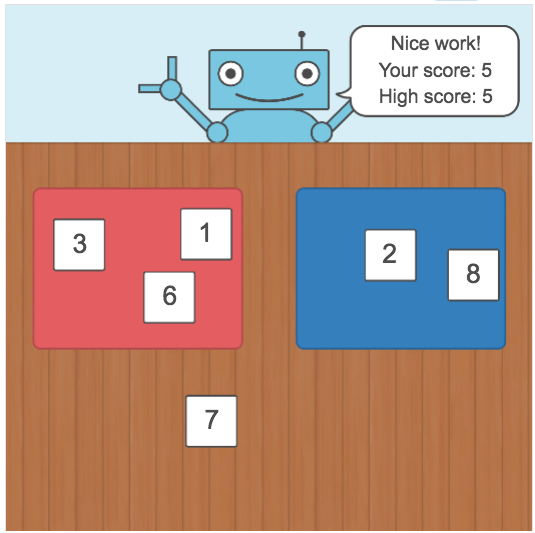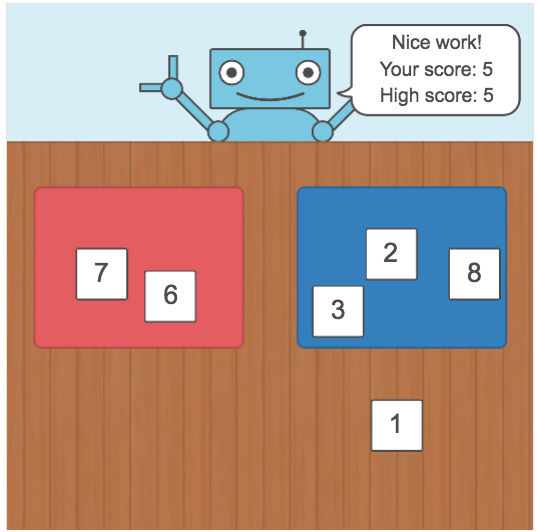Friday Fave: Designing Mathematical Surprise
“Surprising” probably isn’t in the top ten list of adjectives students would use to describe math class, which is too bad since surprise lends itself to learning.
Surprise occurs when the world reveals itself as more orderly or disorderly than we expected. When we’re surprised, we relax assumptions about the world we previously held tightly. When we’re surprised, we’re interested in resolving the difference between our expectations and reality.
In short, when we’re surprised we’re ready to learn.
We can design for surprise too, increasing the likelihood students experience that readiness for learning. But the Intermediate Value Theorem does not, at first glance, look like a likely site for mathematical surprise. I mean read it:
If a continuous function, f, with an interval, [a, b], as its domain, takes values f(a) and f(b) at each end of the interval, then it also takes any value between f(a) and f(b) at some point within the interval.
[I slam several nails through the door and the floor so you’re stuck here with me for a second.]
Nitsa Movshovits-Hadar argues in a fantastic essay that “every mathematics theorem is surprising.” She continues, “If the claim stated in the theorem were trivial it would be of no interest to establish it.”
What surprised Cauchy so much that he figured he should take a minute to write the Intermediate Value Theorem down? How can we excavate that moment of surprise from the antiseptic language of the theorem? Check out our activity and watch how it takes that formal mathematical language and converts it to a moment of surprise.
We ask students, which of these circles must cross the horizontal axis? Which of them might cross the horizontal axis? Which of them must not cross the horizontal axis?

They formulate and defend their conjectures and then we invite them to
inspect the graph.
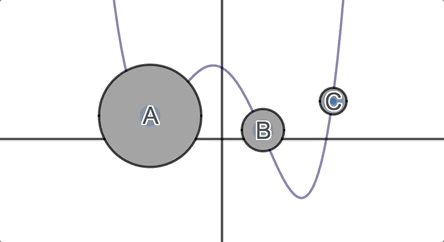
In the next round, we throw them their first surprise: functions are fickle.
Do not trust them.
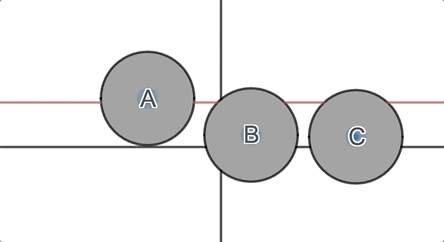
And then finally we throw them
the surprise that led Cauchy to establish the theorem:
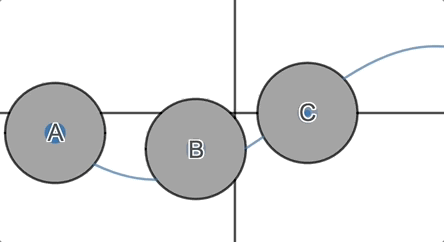
But you can’t expect me to spoil it.
Check it out, and then let us know how
you’ve integrated surprise into your own classrooms.


